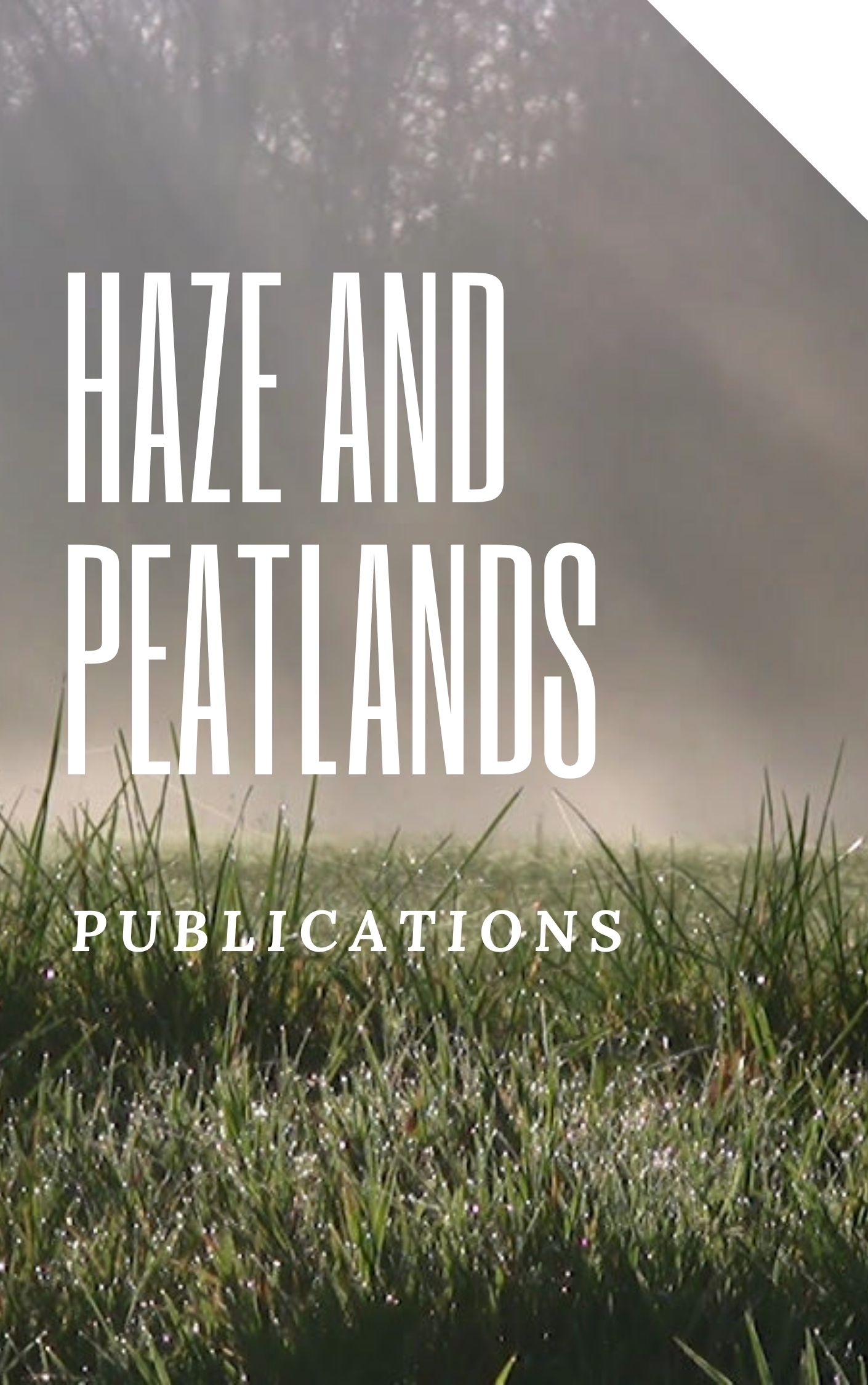Replanting is one of the practical strategies to improve oil palm (Elaeis guineensis) productivity. It provides opportunities for estates to rectify any physical problems or shortcomings that were encountered in the past and to carry out necessary improvements, such as planting density, accessibility for mechanization, realignment of roads and drainage system. Zero burning replanting is a practical and environmentally sound technique that has been adopted and implemented by Golden Hope plantations in Malaysia since 1989, the company being the first to introduce the technique to the plantation industry. To date, more than 80 000 hectares of oil palm have been replanted using this technique. This is the best option compared to the previous burning practices and is suitable for converting plantations of other crops, such as cocoa, rubber and coconut, into oil palm cultivation sites. The key practices in replanting include the following: planning, land preparation and lining operation; construction of mechanical paths, roads and drains; stacking/windrowing; felling; and shredding oil palms. Other practices that are also important include terracing, leguminous cover crop establishment, lining, digging of holes and planting of oil palm seedlings, mulching with empty fruit bunches, post-planting management, and soil and water conservation and management practices.

